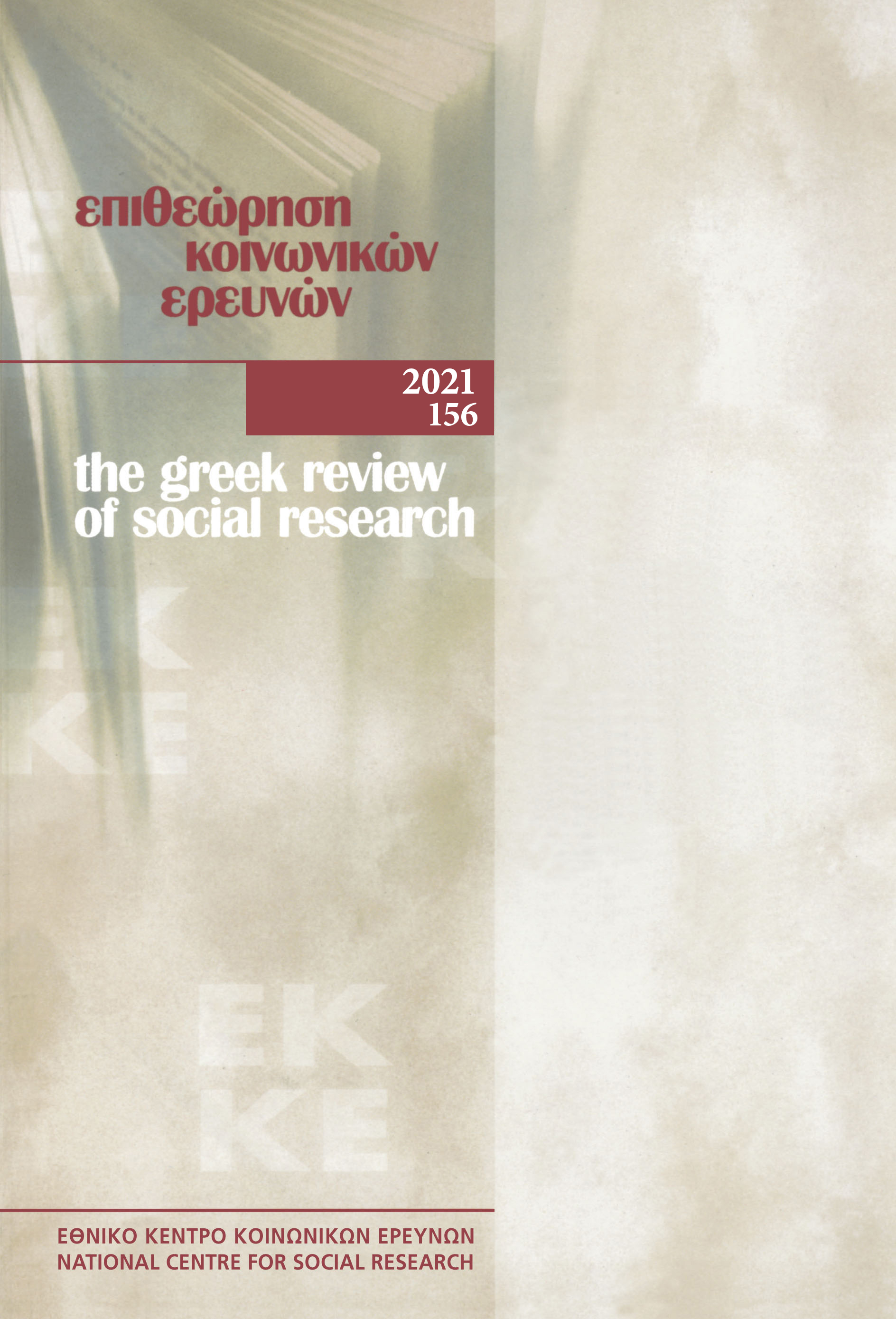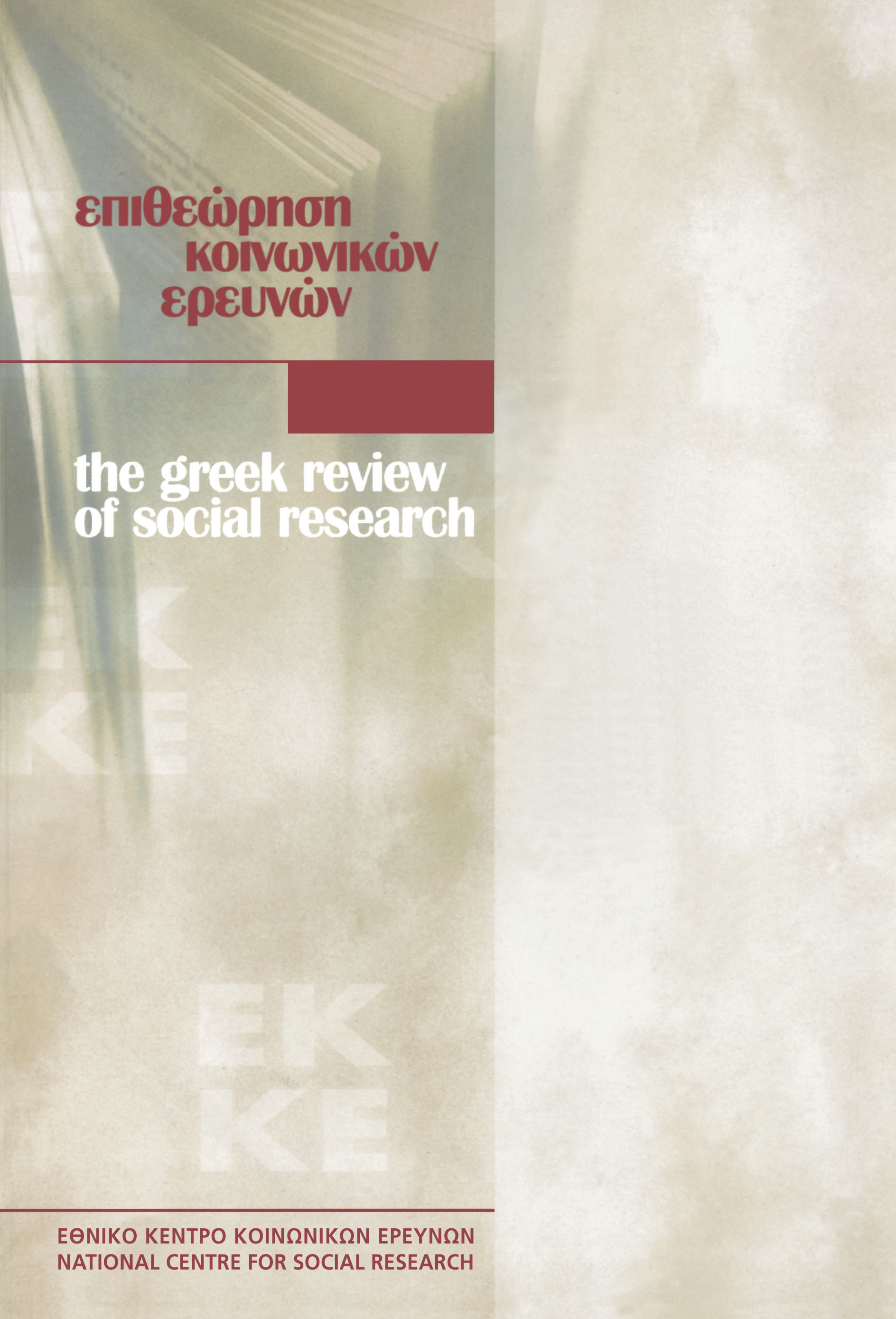Local communities, Marine Protected Areas and diving tourism in Cyclades

Abstract
This study aims to map and compare the perceptions and views of local stakeholders and interest groups of three Cyclades islands with different level of tourism development (Kythnos, Milos, Santorini) as for the newly designated Marine Protected Areas (MPA) and the development of diving tourism. In addition, the main factors that are expected to contribute or undermine the governance, the management and the ultimately effectiveness of MPAs in the above areas are explored. To this end, personal interviews were conducted with all local stakeholders, who are directly or indirectly involved in the management of MPAs and the development of diving tourism.The analysis demonstrates the substantial lack of information of local stakeholders and interest groups about MPAs. In addition, significant differences in their views are observed, which seem to be linked to the level of tourism development of each island, the structure of local economy and the local consultations conducted about the MPA designation in the past.
Article Details
- How to Cite
-
Avrami, L., Demertzis, N., & Armenakis, A. (2021). Local communities, Marine Protected Areas and diving tourism in Cyclades. The Greek Review of Social Research, 156, 139–173. https://doi.org/10.12681/grsr.25952
- Issue
- 2021: 156
- Section
- Articles

This work is licensed under a Creative Commons Attribution-NonCommercial 4.0 International License.
Authors who publish with this journal agree to the following terms:
- Authors retain copyright and grant the journal right of first publication with the work simultaneously licensed under a Creative Commons Attribution Non-Commercial License that allows others to share the work with an acknowledgement of the work's authorship and initial publication in this journal.
- Authors are able to enter into separate, additional contractual arrangements for the non-exclusive distribution of the journal's published version of the work (e.g. post it to an institutional repository or publish it in a book), with an acknowledgement of its initial publication in this journal.
- Authors are permitted and encouraged to post their work online (preferably in institutional repositories or on their website) prior to and during the submission process, as it can lead to productive exchanges, as well as earlier and greater citation of published work (See The Effect of Open Access).



